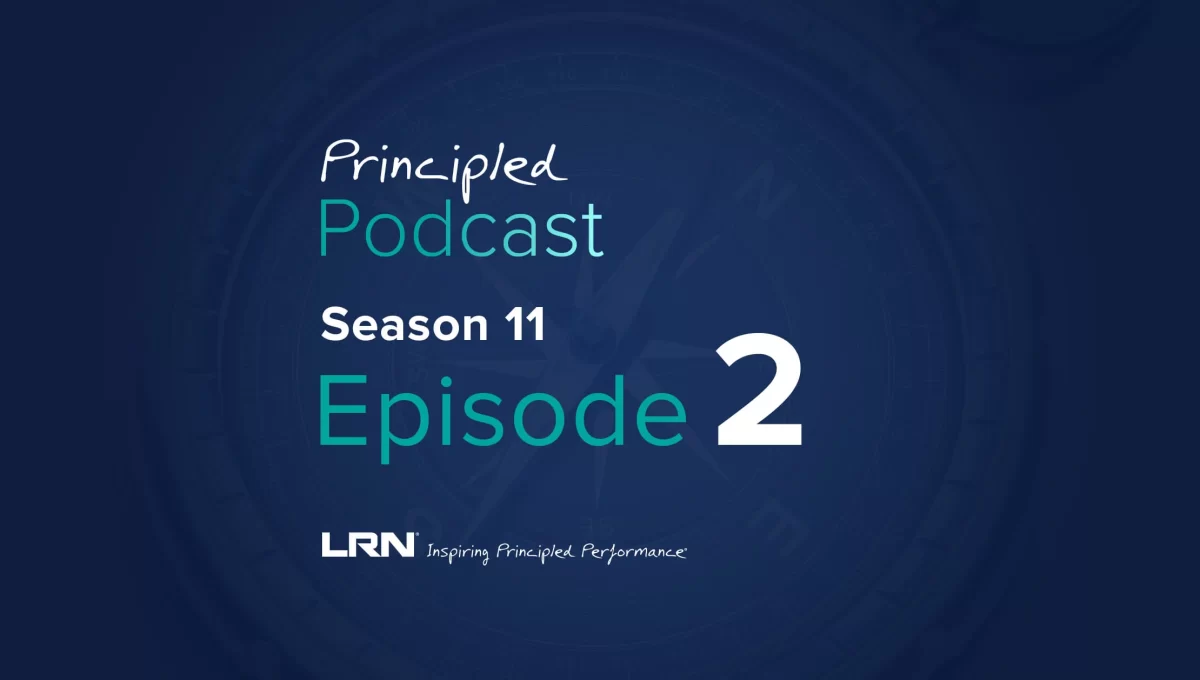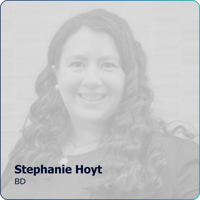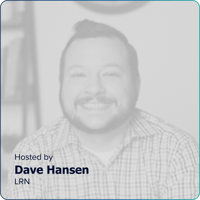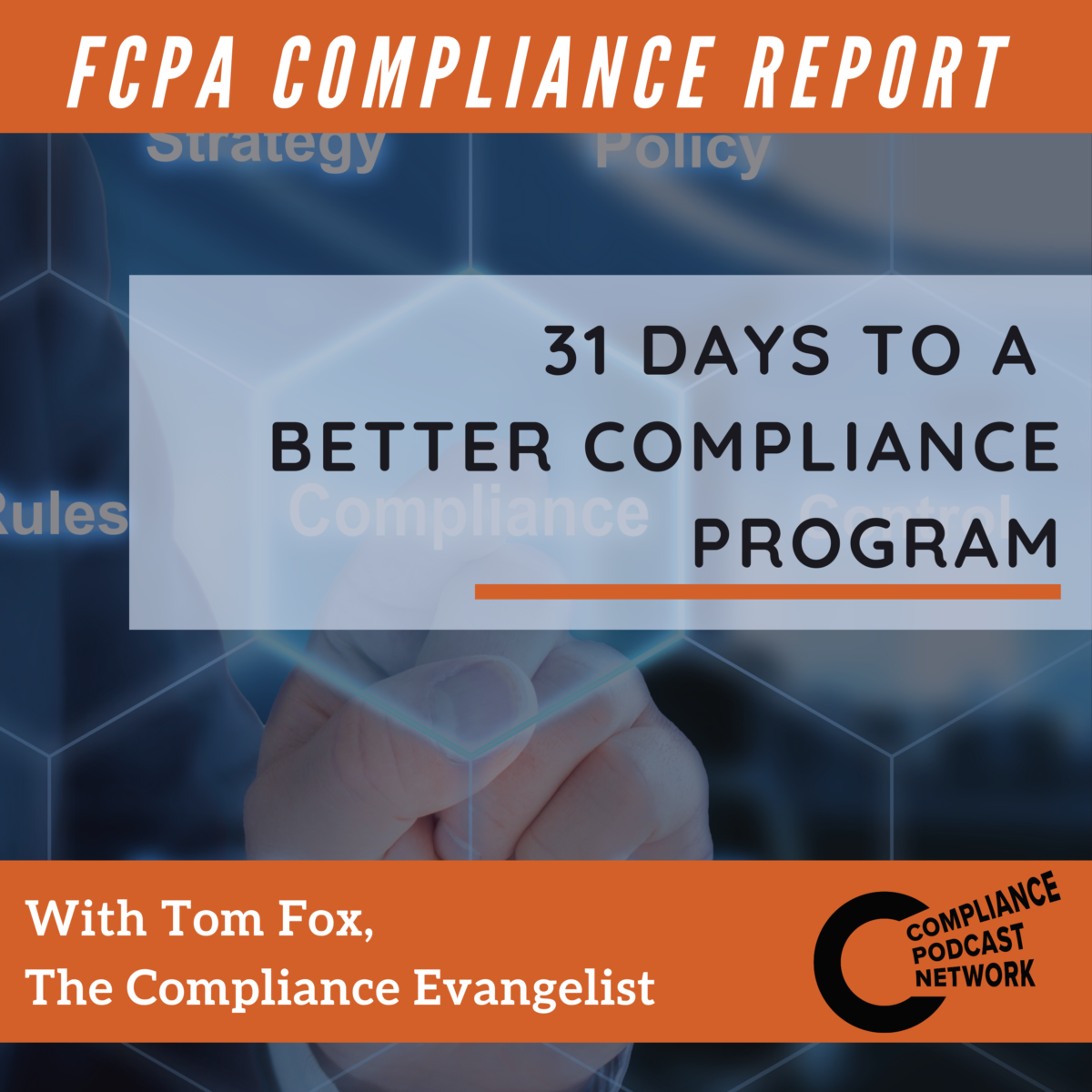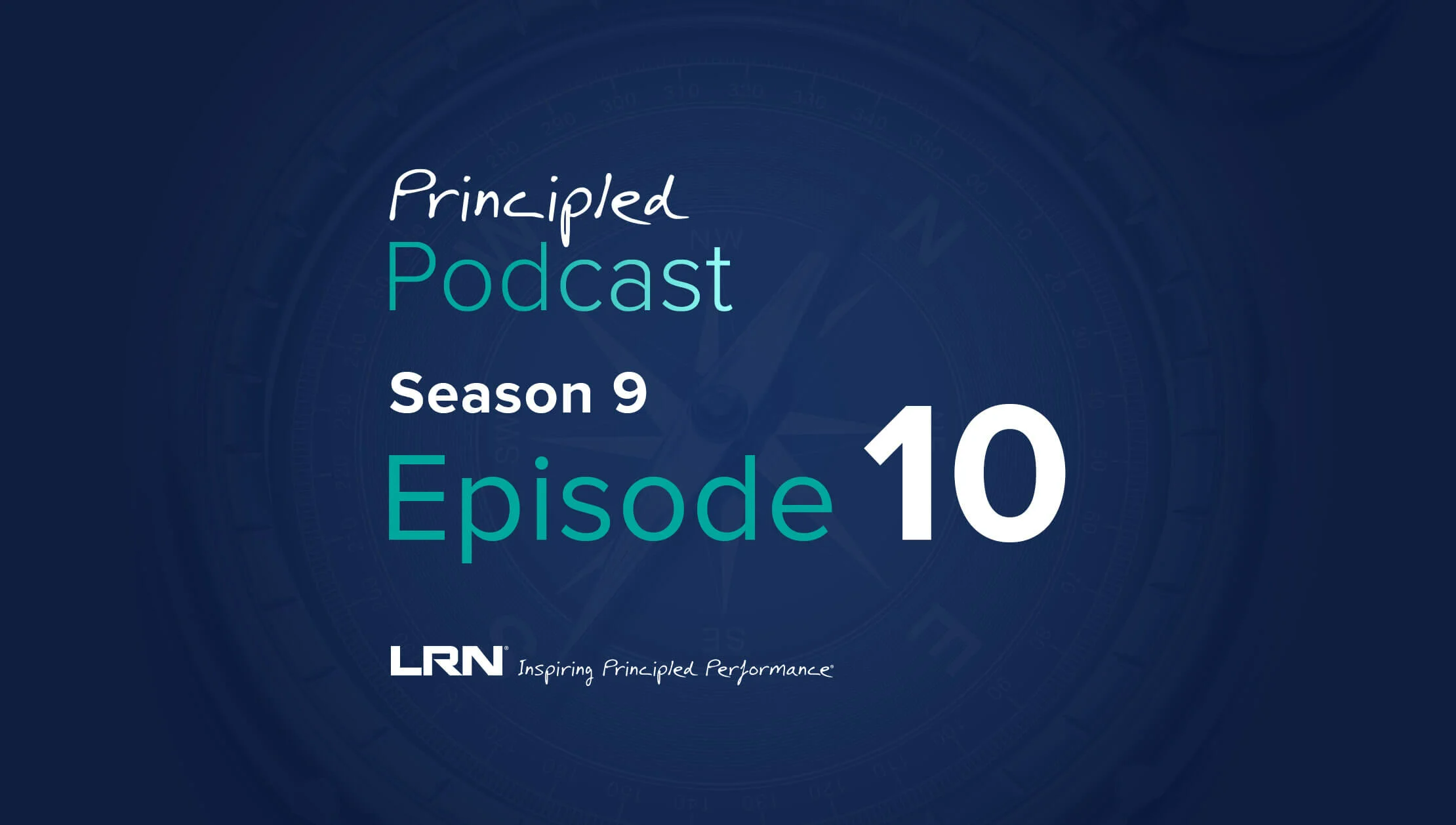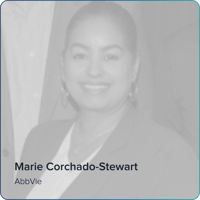When it comes to corporate compliance, transparent and effective communication is non-negotiable. Your employees are not only the first line of defense but are also the customers of your compliance program. A well-communicated compliance function can shift the perception of compliance from a bureaucratic formality to a valued corporate asset. To establish this, compliance professionals must adopt a 360-degree communication approach emphasizing openness, interactivity, and alignment with company values.
Here are five keys to building a robust compliance communication framework within your organization:
Start with Clear Objectives: Define the “Why”
The first step to any successful compliance communication strategy is clarity of purpose. Before launching any campaign or distributing messaging, ensure you know why you are communicating in the first place. Some key questions include: Are you aiming to educate employees about new policies?
- Does it reinforce the importance of ethical behavior? Prompt employees to report potential issues.
- Will each goal shape your message and each audience within your company? Tailored messaging is required to understand the importance and relevance of your compliance program from the board of directors to the newest hires (from the boardroom to the shop floor).
If you aim to increase awareness of anti-corruption policies, your communication might center around the organization’s stance on integrity and honesty. However, if you encourage a speak-up culture, the message might emphasize confidentiality, support, and the importance of reporting misconduct. Ensuring your message has a clear and measurable objective can affect how it is received and whether employees take action.
Know Your Audience: Tailor Your Message for Maximum Impact
A single compliance message may only resonate with some in your organization. In any corporation, there are multiple audiences, including employees, senior leadership, middle management, external partners, and board members, all of whom have varying levels of familiarity with compliance topics. Recognizing and addressing these differences can significantly boost your messaging’s effectiveness.
For example, your frontline employees may need a straightforward explanation of policies and accessible reporting channels. Meanwhile, senior management may focus on the high-level implications of compliance initiatives on business strategy. A one-size-fits-all approach is less effective; instead, communicate with your audience in mind, considering their needs, knowledge level, and preferred communication channels.
Embrace Two-Way Communication: Build a Culture of Trust and Feedback
One of the most crucial aspects of compliance communication is creating an open line of dialogue, both up and down the chain. Employees should feel comfortable receiving compliance information, asking questions, seeking clarification, and providing feedback. Compliance should not be a one-way street; organizations must encourage interaction and feedback to build an authentic culture of ethics and accountability.
Integrating feedback mechanisms, such as surveys, focus groups, or town hall meetings, allows you to gauge employees’ understanding of compliance topics and uncover areas for improvement. But always remember that in compliance, we are only limited by our imaginations. Dun & Bradstreet CCO Louis Sapirman implemented a “Chatter Jam” for all company employees several years ago. It was a real-time discussion on an internal platform where employees shared their views on compliance topics like the company’s Code of Conduct. This open dialogue allowed the compliance team to hear employee concerns directly and make real-time adjustments.
In addition to these formal feedback channels, informal communication should be encouraged. Ensure employees know they can speak up without fear of retaliation. In doing so, you’re promoting compliance and creating an environment where ethical concerns can be discussed openly, ultimately preventing small issues from becoming major risks.
Consistency and Frequency: Keep Compliance Top-of-Mind
Effective compliance communication is not a one-off event but a continuous conversation. Reminders and reinforcements must be consistent and frequent for employees to internalize compliance principles. Use multiple communication channels to keep compliance messages front and center. This can include periodic emails, newsletters, short videos, or even social media-style updates on internal platforms.
Consistency doesn’t mean redundancy; it’s about finding fresh ways to reinforce fundamental compliance principles. For example, the DOJ’s 2020 FCPA Resource Guide, 2nd edition, emphasizes that regular communication about compliance expectations helps companies demonstrate their commitment to ethics and compliance. Even brief reminders can have a lasting impact. Remember Morgan Stanley’s case, where they sent 35 compliance reminders over seven years to reinforce anti-bribery policies. The company’s diligence in maintaining consistent messaging resulted in receiving a declination from the DOJ when one of its managing directors was involved in misconduct.
Regularly communicating compliance expectations also helps create a sense of normalcy around compliance issues, positioning compliance as a natural part of everyday operations rather than an occasional reminder or, worse, a reactive measure only brought up after an incident occurs.
Foster Engagement Through Storytelling and Real-World Examples
Human beings are naturally drawn to stories, so it is no surprise that storytelling is one of the most effective ways to communicate compliance issues. Sharing real-world examples of positive and negative outcomes can help employees better understand the importance of compliance and the risks associated with unethical behavior. When employees see real-life scenarios, they can more easily relate to how compliance impacts their roles and the company’s success.
Using case studies from your industry to illustrate the potential consequences of non-compliance. Highlighting scenarios where similar companies faced penalties due to lapses in compliance can make the risks feel more tangible. Conversely, sharing success stories within your organization, such as how a well-trained team prevented a potential compliance breach, can reinforce the value of compliance.
Storytelling also applies to compliance champions within the organization. Showcase individuals or teams who have exemplified ethical behavior and contributed positively to the compliance culture. Celebrate these “compliance heroes” publicly, whether in internal newsletters, company meetings, or digital screens throughout the office. Recognizing and celebrating compliance efforts in this way can have a ripple effect, inspiring others to follow suit.
Bringing it All Together: The 360-Degree Compliance Communication Model
Incorporating these five keys into your communication strategy will help establish a 360-degree approach to compliance that keeps the program visible, relevant, and actionable across the organization. It’s about more than simply sending information; it’s about creating a dynamic, two-way exchange that reinforces compliance as an integral part of your company culture. When compliance communication is objective-driven, audience-centered, interactive, consistent, and engaging, you build trust and accountability within the organization.
A robust compliance communication strategy positions your program not as a barrier to business but as an ally, helping employees navigate ethical challenges confidently. By adopting these five keys, compliance leaders can shift the perception of compliance from a mandatory obligation to a trusted, positive influence on the company’s success. It’s a win-win for employees and the organization, promoting ethical conduct while protecting its reputation and bottom line.
In the end, remember this: compliance communication is not simply about conveying rules and policies. It is also about building a culture where employees feel supported, informed, and engaged in upholding the company’s values. The real measure of success in compliance communication is when employees understand, embrace, and live out these values in their daily work.



